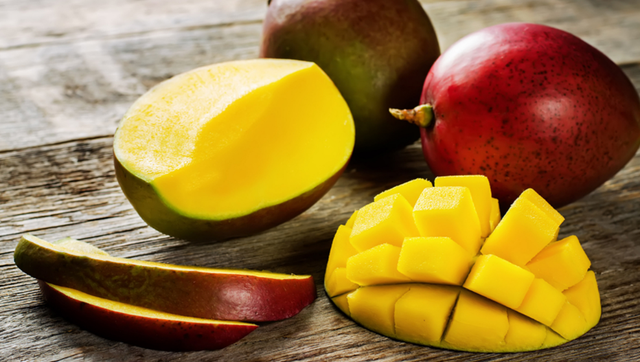
The skin of fruits and vegetables acts as a protective cover to keep the tulin fresh and smooth and the inside of them. In principle, we all know that most of the skin is rich in nutritional value such as fiber, vitamins, minerals and other powerful plant compounds. Mango is a popular fruit, whose skin is usually removed and thrown away.
This article explores the mango skin values and determines whether we should eat it or not? Nutrients and herbal ingredients can provide different benefits. Mango (Mangifera indica) is a tropical fruit that has a sweet taste and high content nutrient content. As the fruit ripens completely, the outer skin is green. When it reaches the baking stage the bark gets a yellow, red or orange hay depending on the type of mangos. The nutritional benefits of mangos are well defined. It is an excellent source of fibers, vitamins A, C, E and B6, as well as potassium and copper minerals.

Mango also contains various plant compounds, including polyphenol and carotenoid antioxidants. Like the mangos fruit composition, the skin also has a lot of calories.

Research shows that mango skin is loaded with polyphenols, carotenoids, dietary fiber, vitamin C, vitamin E, and so on. In addition, skins of these sweet fruits are high in triterpenes and triterpenoids, compounds that have demonstrated anticancer and antidiabetic qualities. The skin is also filled with fibers, which are important for digestive health and regulation of hunger. Therefore, since today you learned the great benefits from eating mango skin, do not throw it out in the basket, but consume it the same as a fruit!





